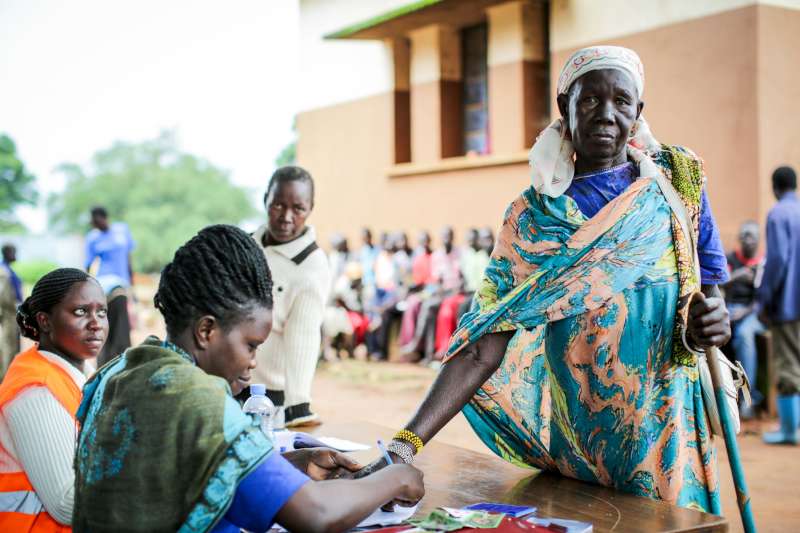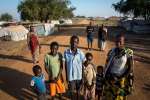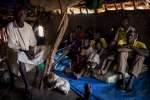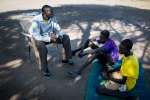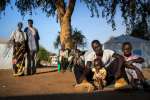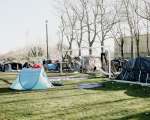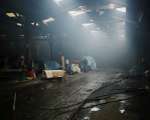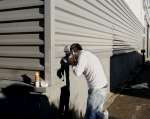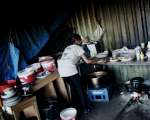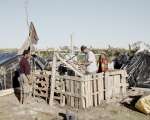UNHCR welcomes signing of South Sudan peace deal
News Stories, 28 August 2015
GENEVA, Aug 28 (UNHCR) – The UN refugee agency has welcomed the signing of the South Sudan peace agreement this week which comes as refugee and IDP figures have passed the 2.6 million mark, a marked increase on the number reported at the time of the fourth anniversary of the country's independence.
Daily arrival rates in Ethiopia remain high, with almost 200 new arrivals registered per day, while in other receiving countries, most notably Sudan, the rainy season has reduced the number of new arrivals in August compared to June and July.
However, Sudan experienced the highest growth in refugee arrivals this quarter up by 47 per cent.
"Some 4,000 South Sudanese have reportedly fled from their homes in Eastern Equatoria's Nyongwa, Kerepi and Pageri following recent clashes between government and opposition forces in Pageri, along the Juba-Nimule road," UNHCR said in a press statement.
It said the vast majority have sought safety in the bush while some have reportedly crossed into neighbouring Uganda. In Kenya, convoys to the border and border monitoring missions continue but arrivals rates remain low with only 71 people arriving between 14 and 21 August.
The statement said over 750,000 people have now fled South Sudan to neighbouring countries. Some 620,762 South Sudanese refugees have been received in Ethiopia, Sudan, Uganda and Kenya since December 2013. A further 133,762 'pre-December 2013' refugees are also being hosted in those four countries, making a total of 754,544 South Sudanese refugees in the region. Some 68 per cent of these new arrivals are children (under 18 years of age).
ETHIOPIA
Ethiopia is home to the greatest number of South Sudanese refugees. A total of 221,376 new arrivals have been registered since December 2013 and with an existing caseload of 63,543, it is hosting 284,919 refugees, mainly in Gambella region. This week, relocation of 17,000 refugees from border crossing points and transit centres commenced to a new camp, Pugnido 2.
SUDAN
Sudan currently hosts 191,624 refugees from South Sudan who have arrived since December 2013, surpassing the planning figure of 186,000.
UGANDA
In Uganda, a total of 161,196 refugees have been registered since December 2013 along with some 25,000 'old caseload' refugees, making a total of 186,196.
KENYA
Kenya is home to 91,805 South Sudanese refugees, almost equally split between new arrivals – 46,566 – and pre December 2013 arrivals – 45,239.
SOUTH SUDAN
In South Sudan, there are 1.6 million internally displaced people and 265,296 Sudanese refugees.
INCREASE SINCE ANNIVERSARY
UNHCR reported less than two months ago (7 July), in advance of the fourth anniversary of South Sudan's independence, that 2.25 million people were displaced, including 730,000 refugees and 1.5 million internally displaced. A further 250,000 Sudanese refugees were registered at that time.
FUNDING
UNHCR's regional response to the South Sudan situation remains underfunded at just 28 per cent.




